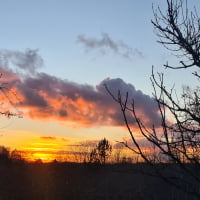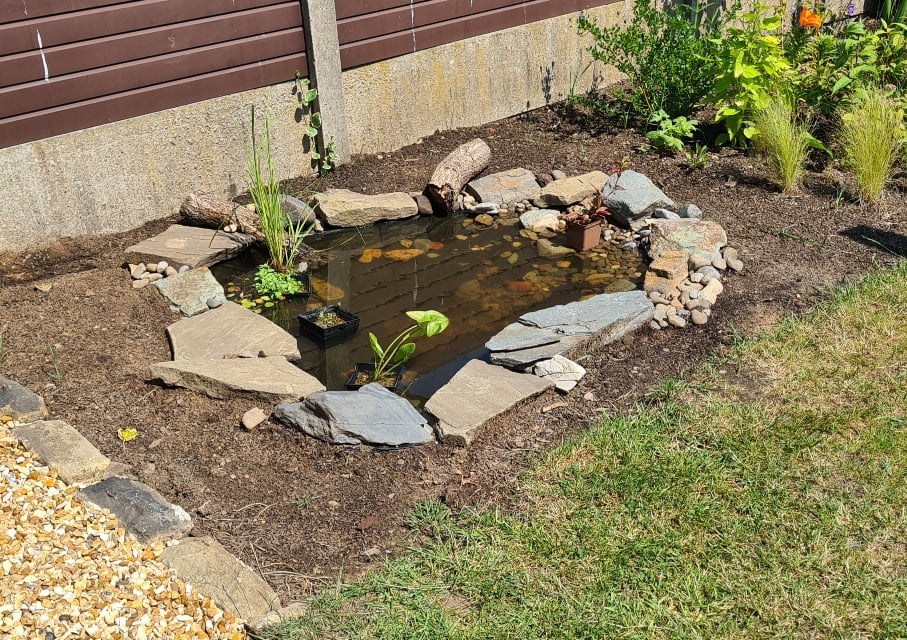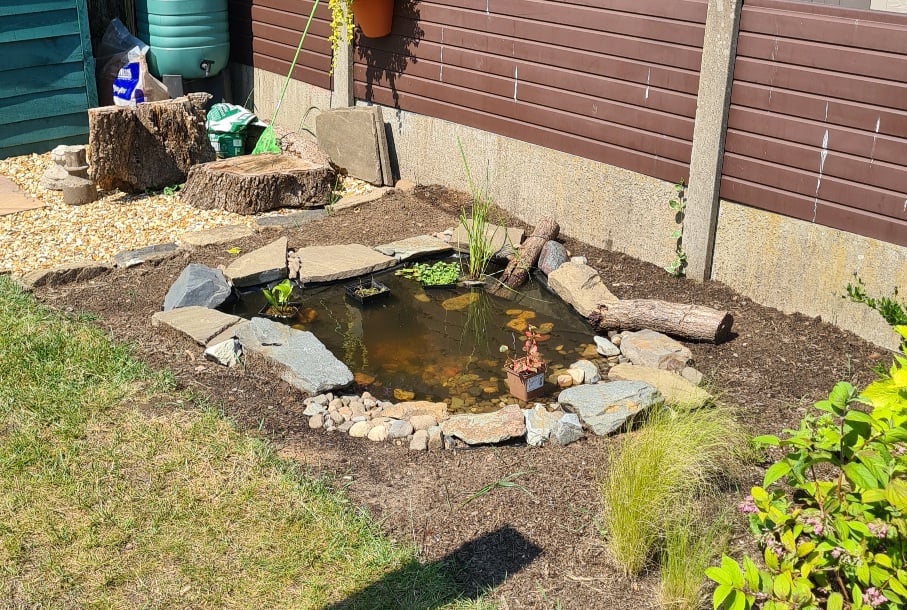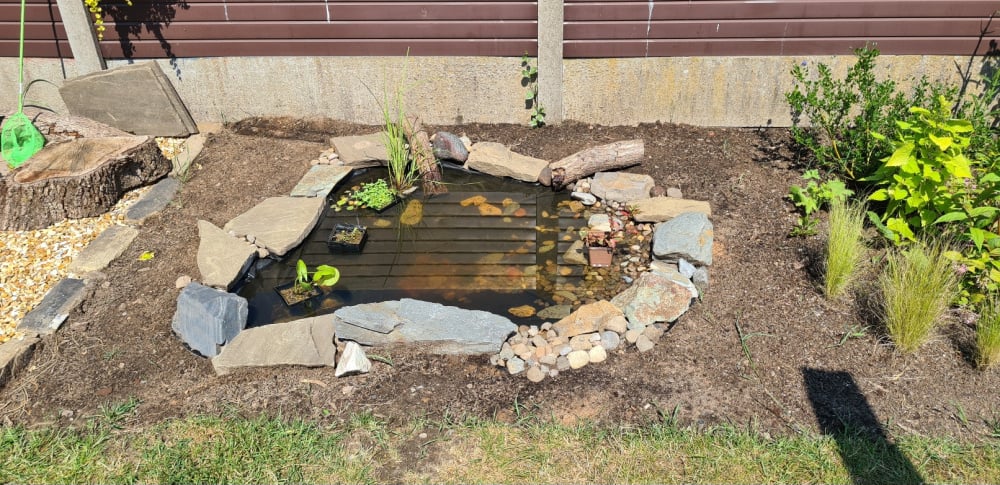This Forum will close on Wednesday 27 March, 2024. Please refer to the announcement on the Discussions page for further detail.
Plants for around a wildlife pond (outside the water)
 Steph111
Posts: 22
Steph111
Posts: 22
I recently made a wildlife pond in my new garden and I'm looking for advice on what to plant around it outside of the water.
I live in Manchester if it helps. Imagine it'll get a bit boggy when we get some rain but it's quite dry at the moment. The pond area is south-west facing I think, with a shed on the west side providing some shade late afternoon.
I've got a houttuynia cordata chameleon but I'm not sure whether to plant it in the shallows or the soil around the edge and I'm a bit worried about it taking over.
Any ideas? Thanks in advance!
Here's the pond - I made it from butyl liner with a fleece underlay and reclaimed stones (basically anything I found whilst digging the borders!)



I live in Manchester if it helps. Imagine it'll get a bit boggy when we get some rain but it's quite dry at the moment. The pond area is south-west facing I think, with a shed on the west side providing some shade late afternoon.
I've got a houttuynia cordata chameleon but I'm not sure whether to plant it in the shallows or the soil around the edge and I'm a bit worried about it taking over.
Any ideas? Thanks in advance!
Here's the pond - I made it from butyl liner with a fleece underlay and reclaimed stones (basically anything I found whilst digging the borders!)



0
Posts
Three i really like are Geum rivale which is a nice one that doesn't get to tall, there are different cultivars which are smaller still than the normal or alba type. The smaller lythrum "rosy gem" is good and easy to grow and ragged robin is great for spring (both simple from seed). All those species do well in anything from quite dry to soaking wet soil.
Slightly bigger are meadow sweet, filipendula ulmaria, and hemp agrimony, eupatorium cannibinum. Both are loved by the bees.
Carex grasses and Ajuga are good for hiding the pond edges as is creeping jenny. They are evergreen species which help provide cover in the winter for the critters.
Personally I would ditch the houttynia as it's a really thug but it's better behaved in the water where you can pull out the bits more easily, putting it in the soil means you'll be pulling it up for life. We are on poor sandy soil and the previous house owner had it everywhere and it's still coming back relentlessly after all these years of trying to eradicate it.
One of my favourites is the Dwarf Oregano (short with pink flowers just in front of arbour). Not evergreen, but it spreads little by little each year. It's covered in bees when in flower and of course smells lovely.
The fibre optic grass also worked well for 6 years, but they all died last winter. (they're in pots that are suspended in the water using fishing line).
I grow the agastache from seed each year and pinch out the tops to keep them short and bushy.
Creeping thyme also worked really well or a few years, but I believe foxes kept piddling on it as every year patches would go brown and die off. Eventually it all died. I replaced it with cuttings, but they suffered the same fate.
Billericay - Essex
Knowledge is knowing that a tomato is a fruit.
Wisdom is not putting it in a fruit salad.
Then it's a case of picking plants which suit your soil and climate, and getting a mix of heights, and having some evergreens to give all year round cover for wildlife.
Plenty of good suggestions already.
Plants which like consistently damp soil are always good - Calthas for example, but if you're concerned about the soil being too dry through the summer months, you can always create a bit of a bog garden area next to the pond by using some liner with holes in the base and filling that with a mix of soil and gravel, and using some of the e'green ground covering plants to hide edges etc. That will give you even more scope for things like the sibirica Irises and Ligularias. I use Aquilegias for some height around the edges, and Fritillaries and Leucojums for late spring, as well as snowdrops and primulas for lower planting. Mine are all directly in the ground, as it stays damp enough, but you can replicate that with the liner method if those plants appeal.
I live in west central Scotland - not where that photo is...
It will attract the right type of pond loving wildlife to your pond and is a lovely looking plant.
Equally happy as a marginal or standard bed perennial.
I’d go for things you like that suit the soil/position (sunny?) and as many wildlife and nectar rich natives as possible.